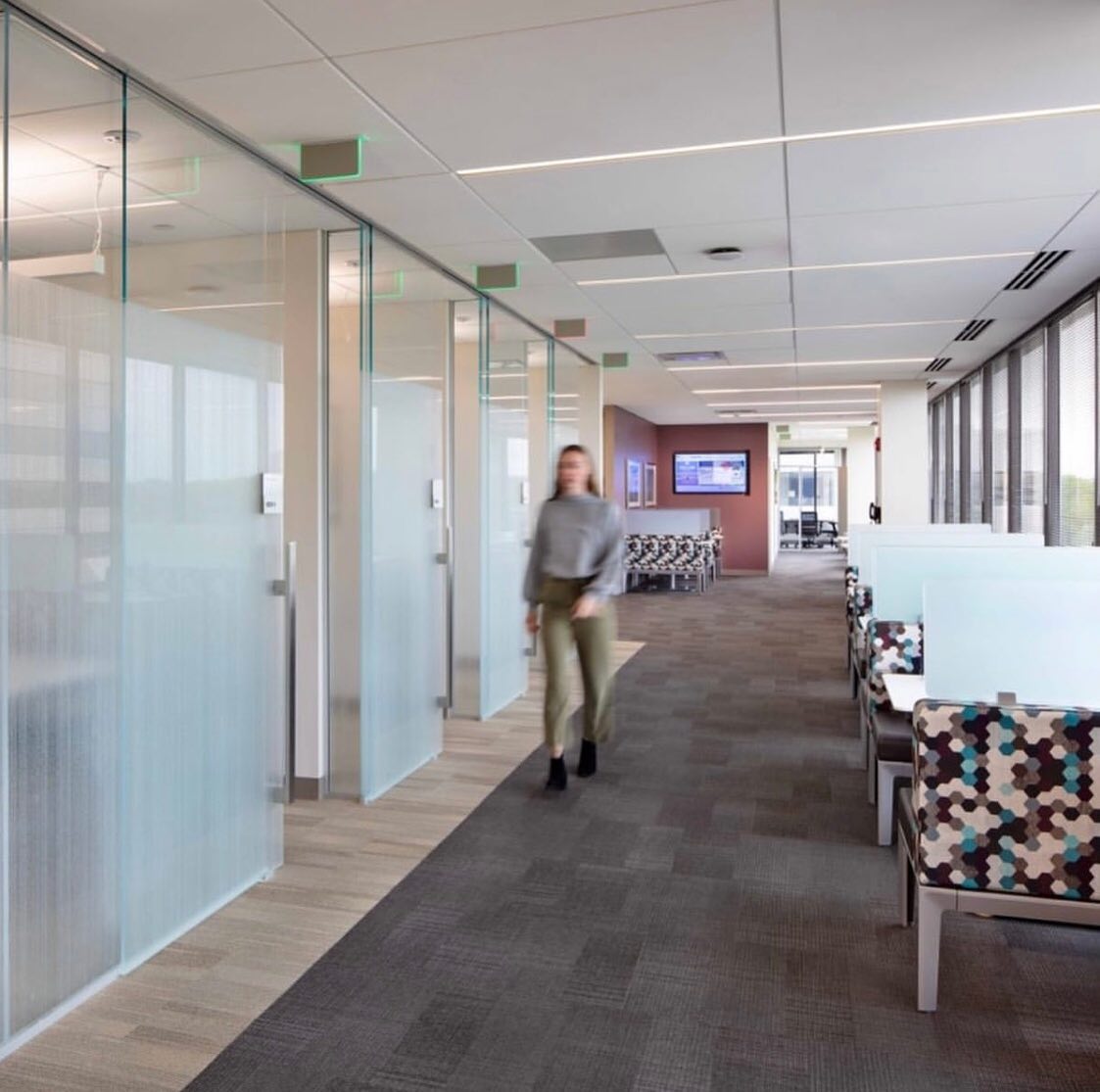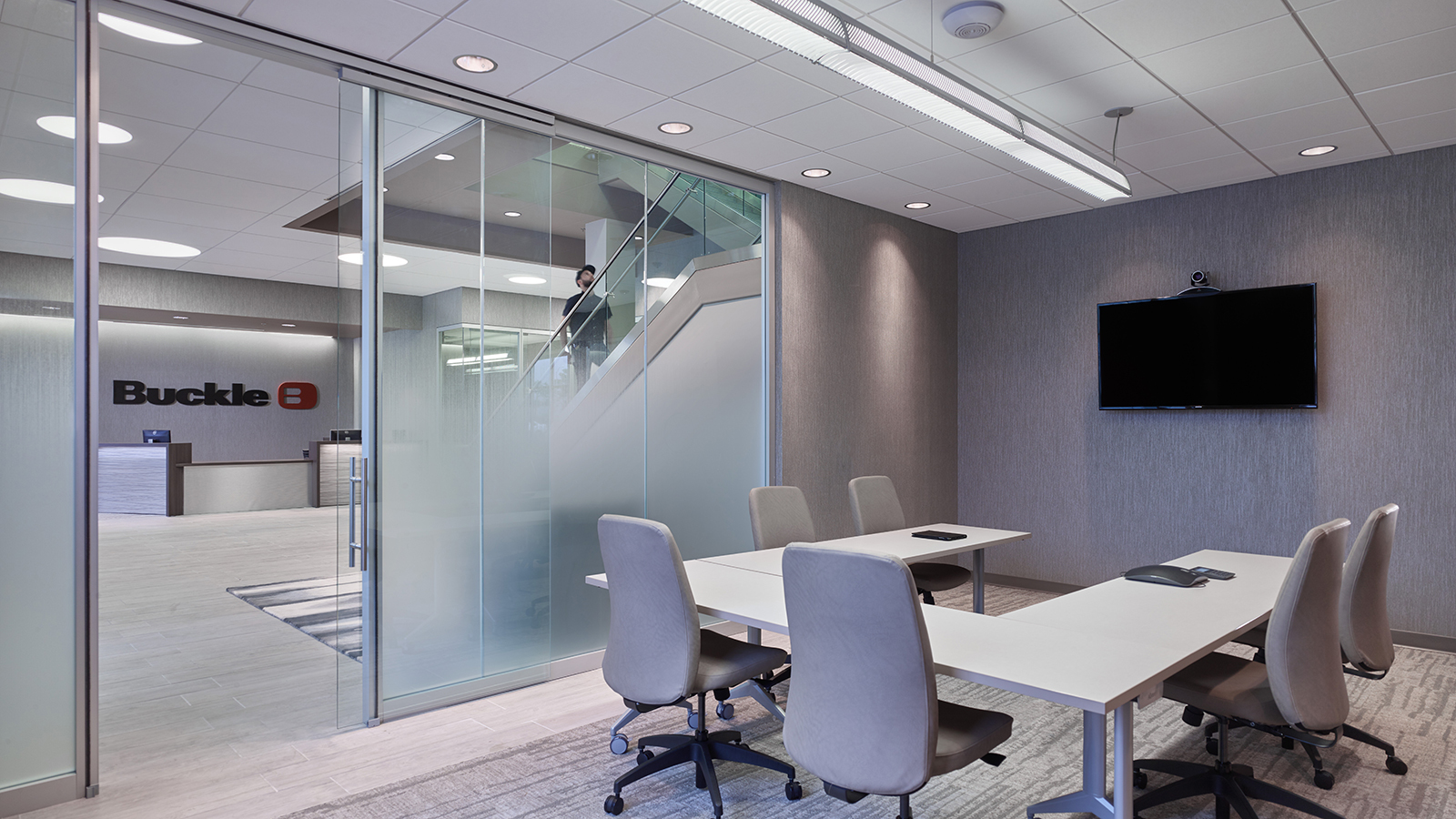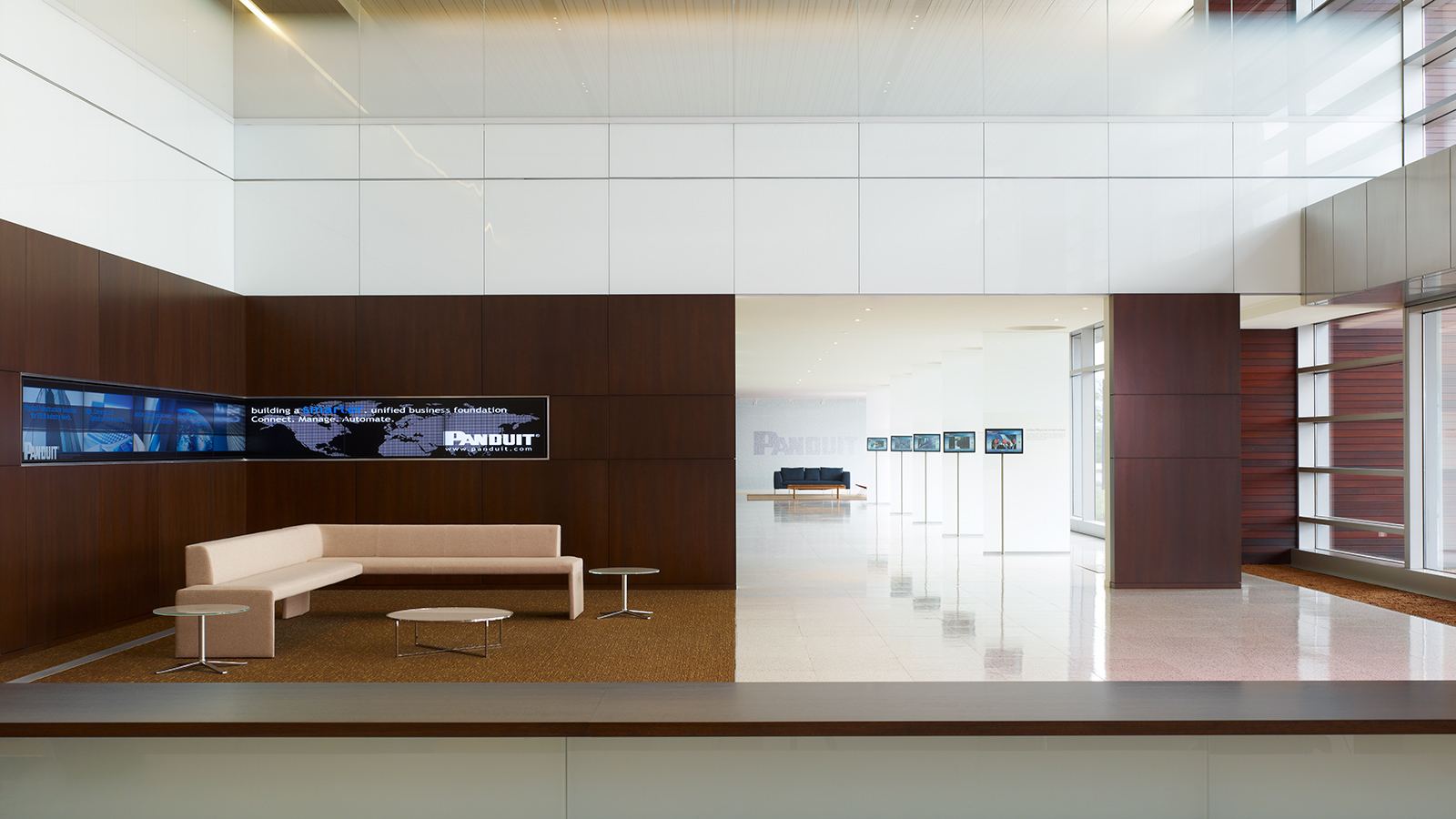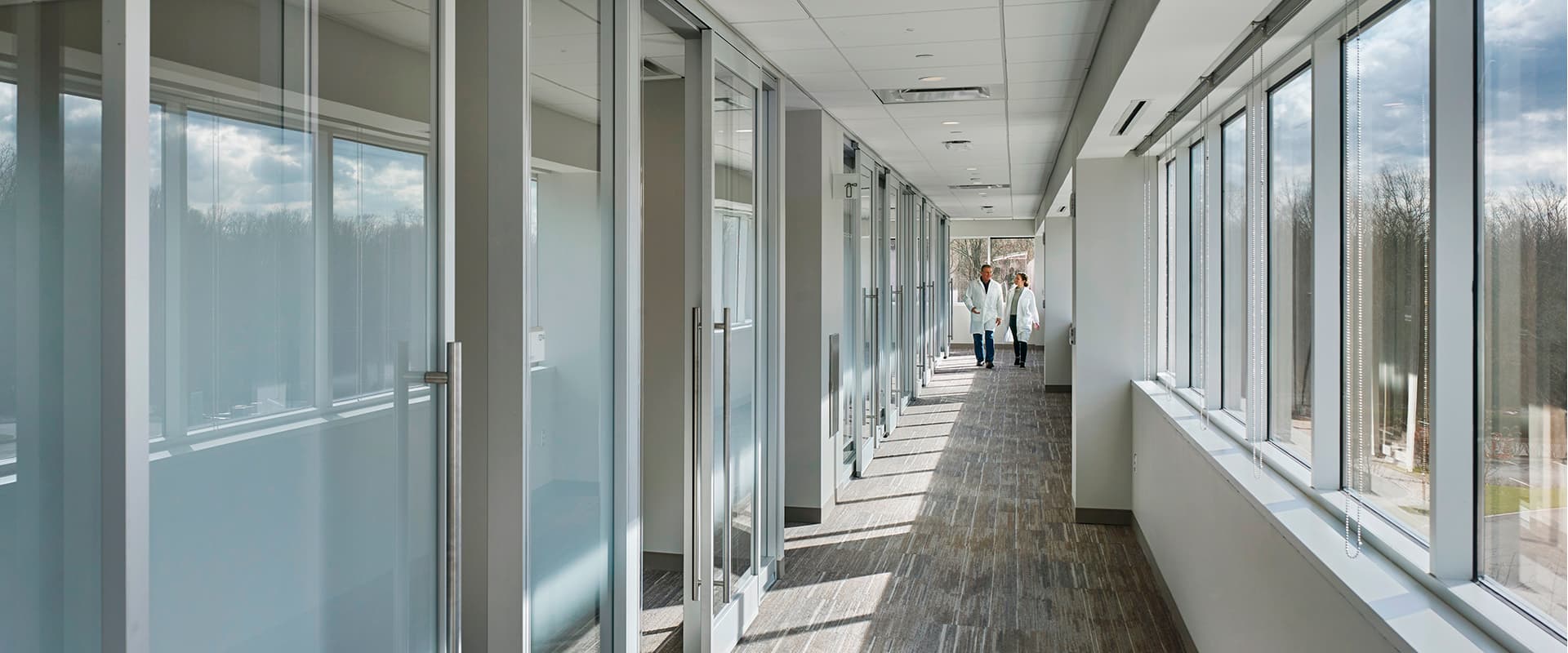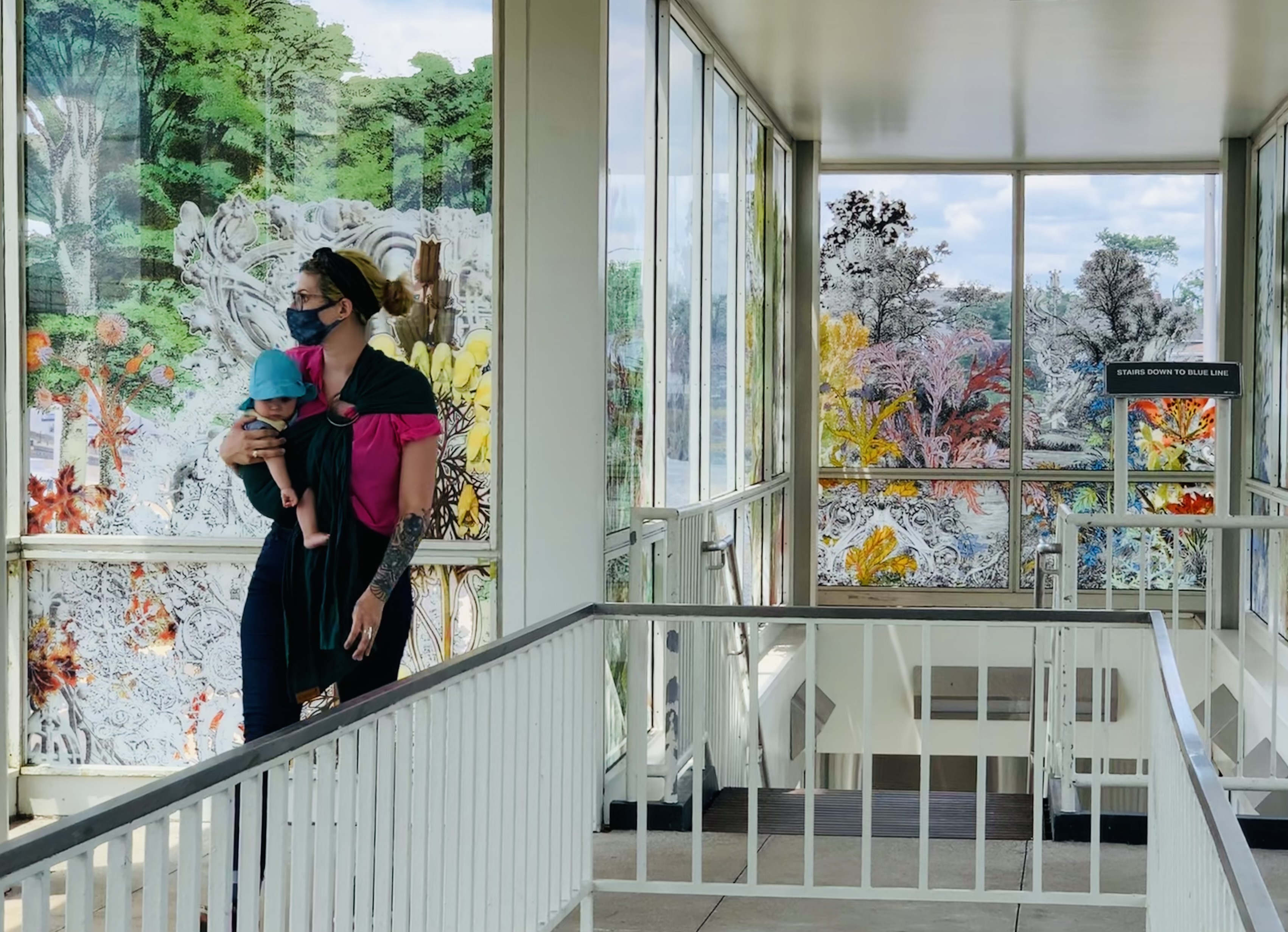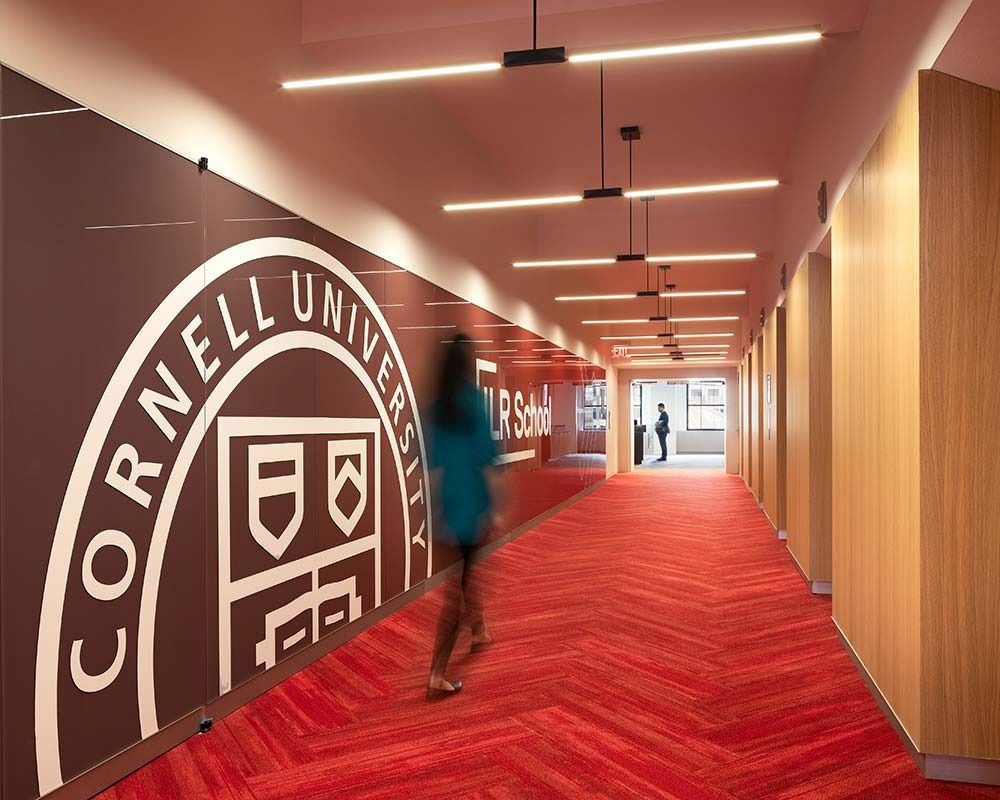Chicago, IL 60651
Laminated Glass
Laminated glass is two or more layers of glass permanently adhered to one another with one or more polymer interlayers in a thermoset, high-heat process. Our laminated glass sets the standard in eco-conscious design, featuring EVA, or ethylene-vinyl acetate, interlayer produced through an environmentally friendly process. The EVA interlayer is highly transparent resulting in a visually appealing product that enhances the aesthetic of any setting. Its durability makes it suitable for both exterior uses, such as skylights and balconies, and indoor structures such as partitions, doors, and walls.
Laminated Architectural Glass Available with Custom Colors, Prints, and Designs
Skyline Design uses an ethylene vinyl acetate (EVA) interlayer specifically designed for glass. The EVA film possesses unparalleled molecular cross-linking capabilities, resulting in a three-times stronger adhesive compared to PVB. Glass bonded with EVA can withstand severe shocks, meeting, or exceeding safety requirements. Its high transparency and clarity provide unlimited aesthetic opportunities.
- Highly transparent EVA interlayer, preserving the clarity of any applied patterns or designs
- Impact-resistant and sound-insulated, as evidenced by its impressive STC rating chart
- Three times the adhesion of PVB that endures extreme temperatures
- Resistant to moisture, heat, discoloration, and delamination
- For interior and exterior use
Applications for Laminated Glass
Our sustainable laminated glass combines beauty and eco-friendliness. Its enduring elegance adds a timeless touch, while promoting natural light diffusion for inviting spaces.
Customizable Glass Designs
Select from an extensive array of exclusive patterns created by a multitude of artists, designers, and photographers, or design a custom glass pattern that embodies your vision for your upcoming project.
